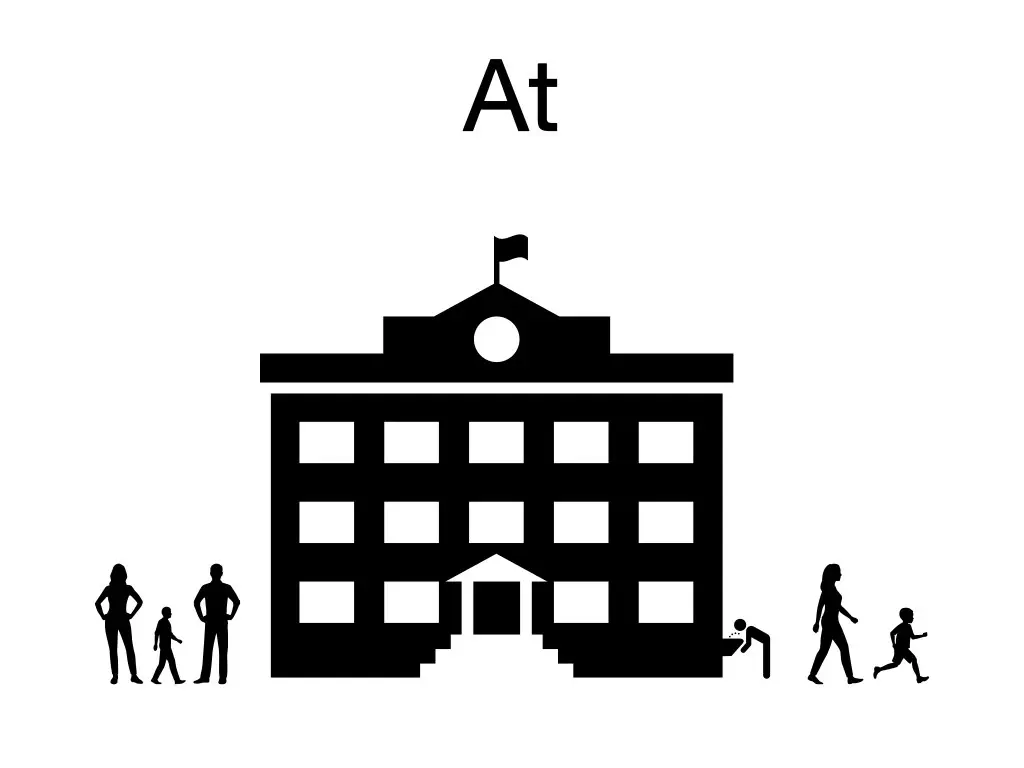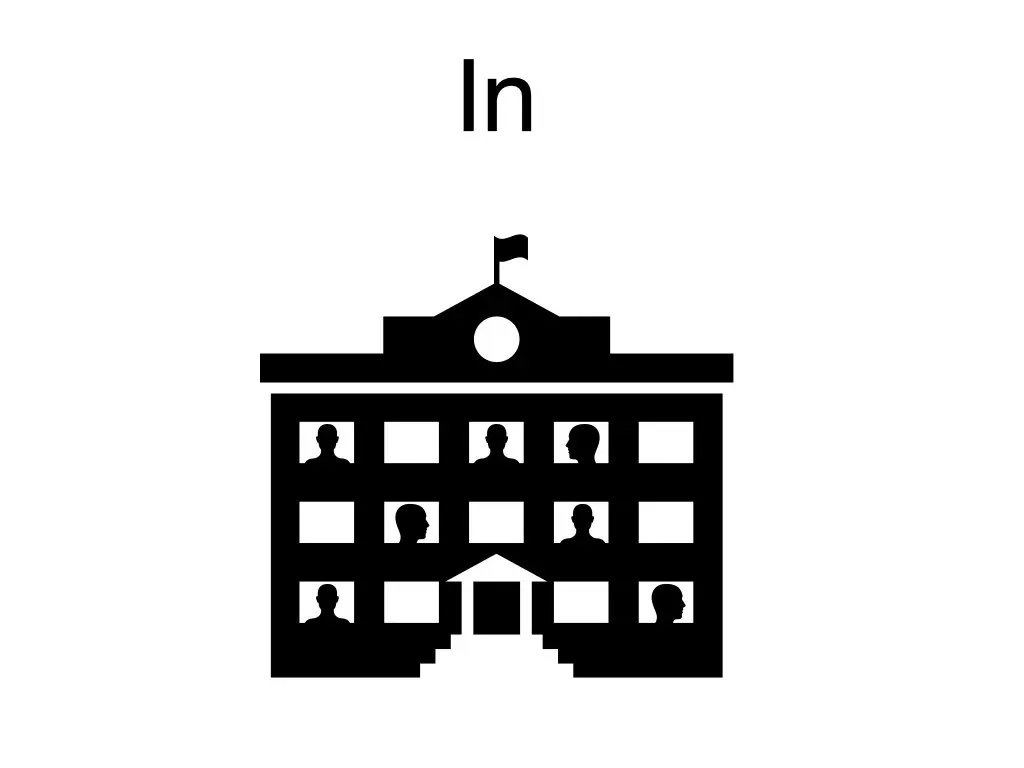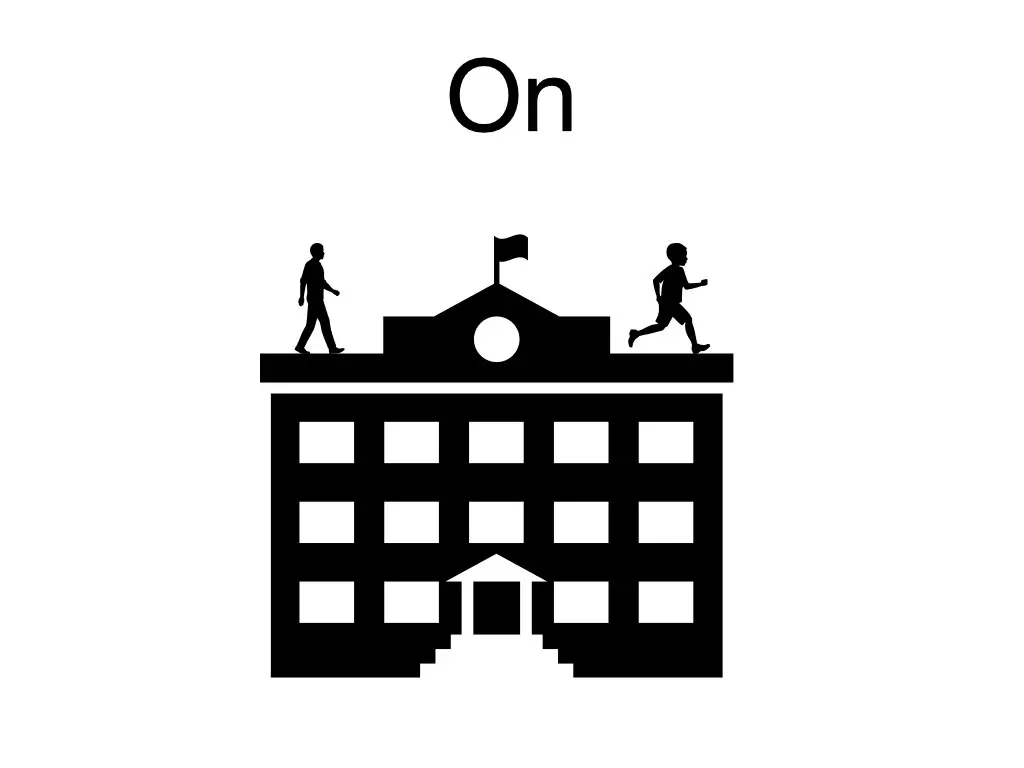Confusing Words in English, Part 2: This vs. That, Many vs. A lot, and more!
- Thomas

- Mar 26, 2025
- 4 min read
Updated: Jul 2, 2025

Today we're going to discuss more confusing word pairs. If you missed part 1 of this list, check it out at this link for even more word pairs. In todays guide, we will learn about five common word pairs: this/that, these/those, in/at/on, do/make, and many/a lot. After each explanation, you will find a practice scenario to test your understanding. Let's get started!
This vs. That
This is used for something near you.
This book is interesting.
In this example the book is close to you, probably in your hands or on a table in front of you.
That is used for something farther away or in the past.
That car is very old.
In this example the car is far away from you, likely parked down the street or driving away from you while you stand still.
That was my favorite show when I was six.
Here, I am talking about a show I loved as a child, but no longer love as an adult. It is in the past.
Tip: Imagine you can touch something—use this. If you need to point at it—use that.
Practice:
Choose the correct word, open the list below to check your answers:
______ pen in my hand is blue.
Look at ______ house over there!
Wow, ______ was a really cool museum. (We're on the way home now)
Look at ______ cool photo I just took! (I'm showing you the photo in my hand)
When I was in school, ______ was my favorite place to eat.
Answers
this
that
that
this
that
These vs. Those
Use these for multiple things near you.
These shoes are new.
Here, the shoes are probably on your feet (you're wearing them) or they are in your hands (you're holding them) so they are close to you.
Use those for multiple things farther away.
Those birds are flying high.
Here, the birds are up in the sky, far away from you standing on the ground.
Tip: The word "those" has an "o" as in "over there," so if it's far away, use the "o" in your spelling.
Practice:
Choose the correct word:
______ apples on the table are fresh.
I love ______ mountains over there.
Do you even like ______ pictures? (I'm holding them)
What are ______ called? (I'm pointing at something far away)
Answers
these
those
these
those
Advertisement
In vs. At vs. On
These prepositions can be a little tricky to master, so let's break them down with images.
You can say "at" for general locations or specific points.
"I'm at the movie theater, about to get into the car"
Here, I'm outside of the theater in the parking lot walking to my car, not inside of the theater.
"I'm standing at the edge of the cliff, it's so high!"
This one could be tricky. If I climbed up to the top, then yes I am "on" the mountain, but more specifically I'm "at" the edge looking down. It's just a way to be more specific about which point on the top of the mountain.
You can say "in" whenever someone or something is inside of something else.
The muffins are in the cabinet.
She lives in New York City.
In both of these examples, the subjects (muffin, she) are inside of a location (the cabinet, NYC.)
You can use "on" when someone or something is on top of something else.
The book is on the desk.
Here, the book is on top of the desk, not under it or inside of a drawer.
Tip: When trying to decide on which preposition to use, think of these images of a school.
Are the kids "at" school (around the nearby area like a parking lot or playground), are they "in" school (inside of the building) or are they "on" school (standing on the roof of the school)?
Practice:
Choose the correct word:
She is waiting ______ the bus stop.
The keys are ______ the bag.
I put the cup ______ the table.
She went for a walk ______ the beach.
I was ______ the post office when you called me.
My son was swimming ______ the pool when it started raining.
Answers
at
in
on
on
at / in (both could work depending on if you're inside or outside)
in
Do vs. Make
Do is used for actions, work, or tasks.
• I need to do my homework.
• She does exercise every morning.
Make is used for creating (producing) something.
• He makes delicious coffee.
• They made a cake for the party.
There can be exceptions (something that is not included) to this rule, like when I ask "did you make the bed?" You're not creating anything, you're actually completing a task. However, these exceptions are limited so follow the rules and you will learn the few exceptions over time.
Tip: If it’s an action or task, use do. If you create something, use make.
Practice:
Choose the correct word:
Can you ______ pizza for dinner?
I have to ______ the dishes after dinner.
I can't go out tonight, I have to ______ my homework.
Did you ______ this painting all by yourself?
Answers
make
do
do
make
Many vs. A Lot
Many is used for countable nouns (things you can count).
There are many books in the library.
If you wanted to, you could spend your time counting every single book and come up with a final number.
A lot can be used for both countable and uncountable nouns.
There is a lot of water in the bottle.
Even if you wanted to, you cannot sit down and count every drop of water in that bottle. It's impossible which makes this an uncountable noun.
Note: Some uncountable nouns can be counted, like "money," but it is still uncountable because we do not make it plural when there is more than one. If you want to know more about uncountable vs. countable nouns, keep an eye out on the blog. There will be a post abut them soon.
Tip: If you can count the items easily, many is a good choice. If you aren’t sure, a lot works in most situations. When in doubt (unsure,) use "a lot."
Practice:
Choose the correct word:
She has ______ of money.
There are ______ of people at the concert.
Why are there so ______ cars that are bad for the environment?
He put ______ of sugar in my coffee. It's too sweet!
Answer
a lot
many
many
a lot





